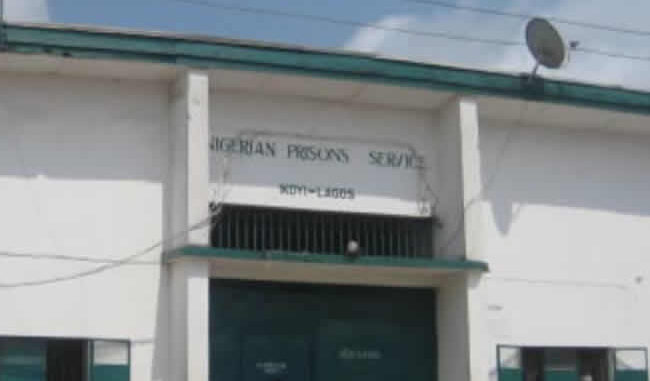
AFTER a lengthy waiting game, the Nigerian Correctional Service has released more names and pictures of inmates who escaped from the Medium Security Custodial Centre in Suleja, Niger State. On April 24, rainfall destroyed the walls of the Suleja prison and led to the escape of 118 inmates. With most prisons constructed decades ago, the Federal Government should move post-haste to rebuild the structures.
On June 6, NCoS spokesman, Abubakar Umar, stated that 23 of the fleeing inmates had been recaptured. The NCoS followed this up on June 15 by publishing the names of 18 inmates on its website. Recently, Umar released 13 new names and pictures of the escapees. The post had the names and pictures of 31 persons, including those of the 18 inmates, published on June 15. This is a small step forward.
It is an arduous task to recapture absconders. It is even more complicated in Nigeria, where technology is in scant use. For this reason, the escapees are mocking the system.
Indeed, most of the custodial centres in Nigeria are old and vulnerable to attacks by gunmen, who set criminals and bandits free.
Consequently, jailbreaks have occurred in the recent past in Owerri, Imo State, Kuje in the FCT, Kabba and Koton Karfe in Kogi, Abolongo in Oyo, Jos in Plateau, Mandala in Kwara, Ijebu-Ode, Ogun State, and Agbor in Delta State.
Media reports said 837 inmates fled from the Abolongo centre in October 2021. Earlier that April, the Owerri centre witnessed the escape of 1,844 inmates. It was described as the single largest jailbreak in Nigeria’s history. In the Benin and Oko centres in Edo State, 1,993 inmates escaped in October 2020.
In July 2022, 64 hardened Boko Haram terrorists were part of the horde that escaped from the Medium Security Custodial Centre after a deadly assault by Islamic terrorists in Kuje.
Recently, Isa Muhammed, one of the escapees in Kuje, and his brother, Nasiru Mohammed, also known as ‘Danger,’ were paraded for the murder of a retired Army general in Abuja. That is the costly price being paid for the official laxity at the prisons.
Similarly, most of the escapees of recent jailbreaks are high-end criminals and deadly Boko Haram terrorists.
From physically old and dilapidated infrastructure to understaffing and unhygienic, overcrowded cells unfit for humans, many fundamental problems are dogging Nigeria’s prison system. Most of the reformatories were constructed in colonial times. The cells are narrow. The brittle walls collapse easily when attacked due to age. The heinous criminals exploit this factor whimsically. This cannot be overcome in a day.
Overcrowding is the most noticeable impediment to a virile correctional system in Nigeria. This makes the prisons tough, a major detraction from being a correctional centre.
The awaiting trial inmate crisis hinges on the slow, crooked justice system. The police take a share of the blame for their arbitrary arrests and poor record keeping. The judiciary is sluggish in dispensing with cases before it. State governors aggravate this by refusing to sign death warrants; some condemned inmates remain for decades in prison.
Therefore, the government must do more to ensure that prisons are well-guarded and secure. Justice must be quickly dispensed.
Nigeria should explore the reforms in Europe, where some countries engage in public-private partnerships. In 14 of the 16 states in Germany, prisoners are mandated to work in the daytime and return to the centres at night. To free the prisons from overcrowding, some offences should attract only community work.
The National Assembly should amend the 1999 Constitution to remove prisons from the Exclusive Legislative List to the Concurrent List. This will ensure that states build prisons and reduce overcrowding.
END

Be the first to comment